Texture impacts the perceived visual effect of landscaping and is one of the 10 Key Principles of Landscape Design. Generally, the texture could either be thick, medium or light depending on the type of foliage and twigs that grow. Texture is not limited to foliage and can be found in flowers, blades, and bark of the plant, as well as in the plant’s overall branching pattern. Just like form, texture generates interest and contrast within the landscape.
Textures are often utilized to give spaces a larger feel with fine textures on the perimeter and to give a smaller feel with coarse textures on the perimeter.
Coarse Texture
Due to the high contrast coarse textured plants attract the eyes and tend to hold it. Plants with coarse texture have features like thick branches, large leaves, and/or unique, bold features (irregular shapes, bold veins, variegated colors, etc). A coarse texture can give a space a smaller feel if applied to the perimeter of a space. Create coarse texture with:
Coarse Texture Plant Examples:
Philodendron
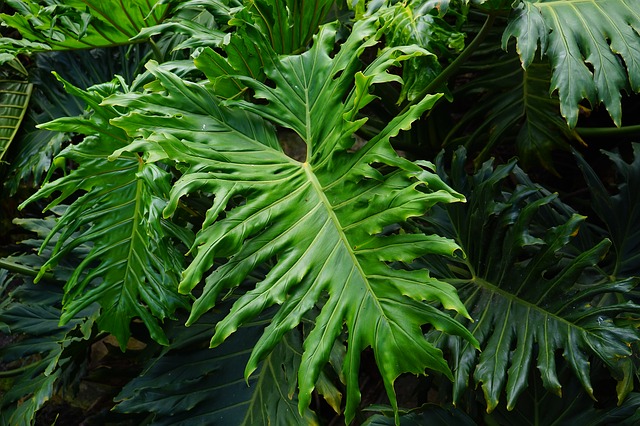
Hydrangea
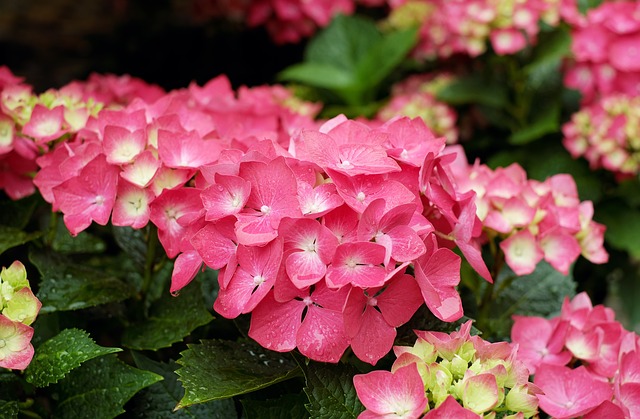
Holly
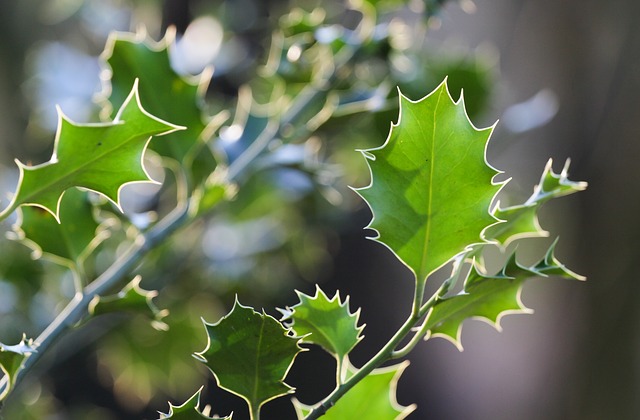
Medium Texture
Medium textured plants have medium sized leaves with simple shapes and smooth edges. The overall form of these plants is typically rounded or mounding. Most plants fall in this category and are generally used in background to link and unify the coarse and fine textured plants.
Medium Texture Plant Examples:
Agapanthus
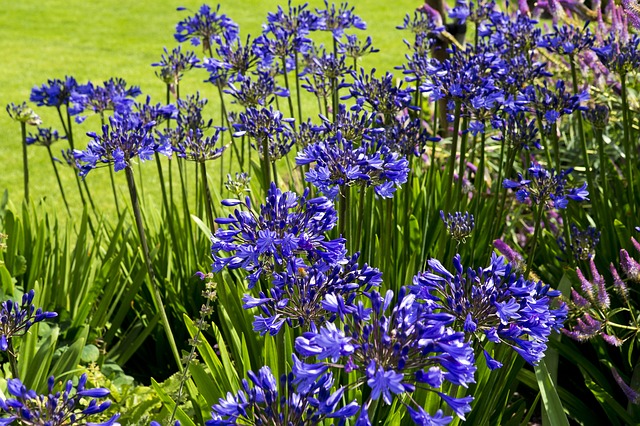
Viburnum
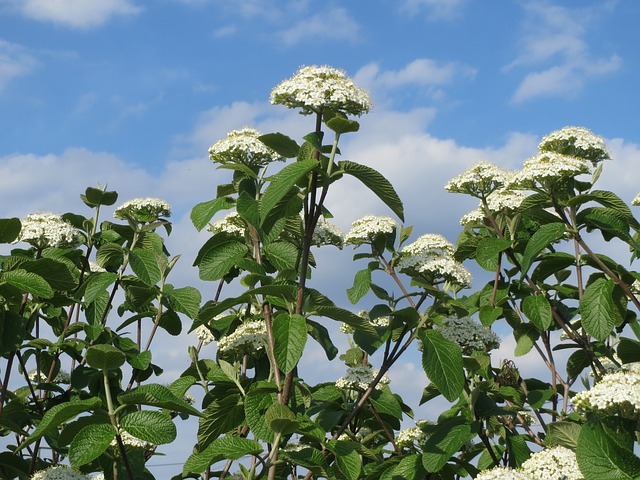
Fine Texture
Plants that create fine texture have the following features: small, delicate foliage, thin leaves, tall thin stems, fragile twigs, densely packed leaves, and/or narrow trunks. They are often described as wispy and light with a sprawling or vining form.
Fine Texture Plant Examples:
Grasses
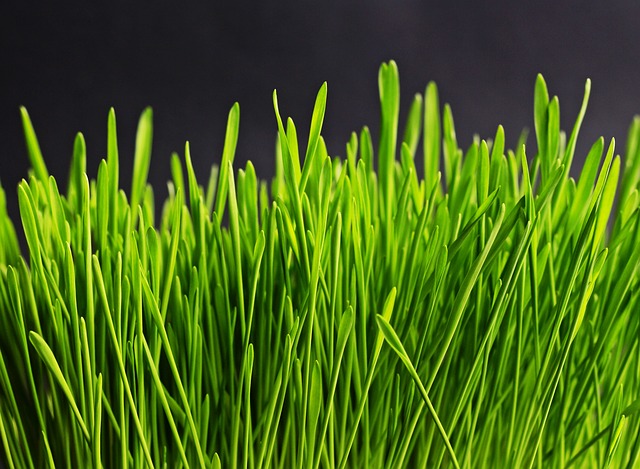
Ferns

Vines

